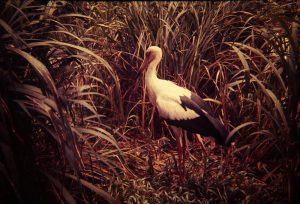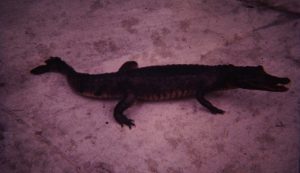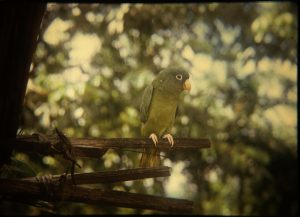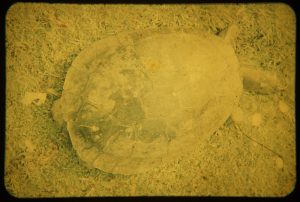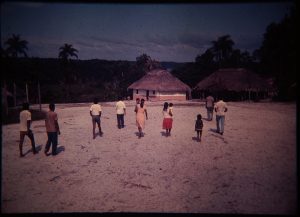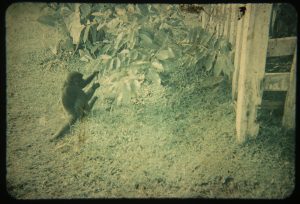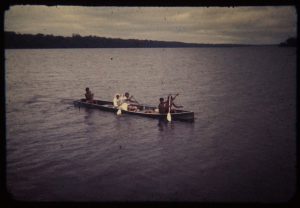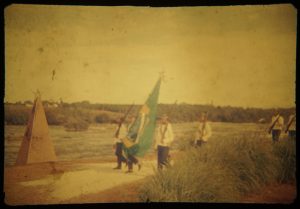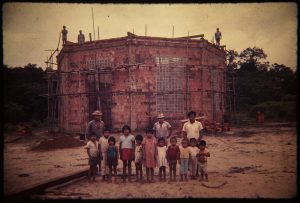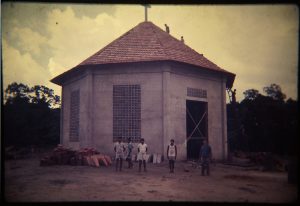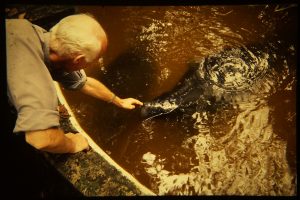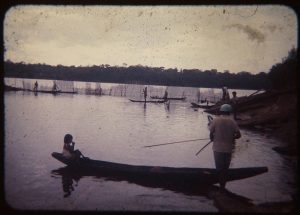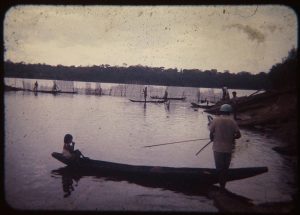 My mission work in the Province of Amazonia was focused on the Upper Rio Negro Basin – an area entrusted to the Salesians by Pope St Pius X in 1915. I was one of five missionaries who went out there, and without a doubt, it was hard work – both physically and emotionally.
My mission work in the Province of Amazonia was focused on the Upper Rio Negro Basin – an area entrusted to the Salesians by Pope St Pius X in 1915. I was one of five missionaries who went out there, and without a doubt, it was hard work – both physically and emotionally.
The Amazon Basin is drained by two great rivers, the Solimoes and the Rio Negro, the coming together of the two forming the Amazon River itself. It is an immense region of dense equatorial forest that stretches across north-western Brazil, and runs into the neighbouring countries of Venezuela, Columbia, Peru, Surinam and the Guianas. The region is inhabited by native people of different tribes, referred to as South American Indians.
Making Rivers our Roads…
The Salesians established 10 mission stations along the Rio Negro and its tributaries – all supported by donations from Ireland. A typical mission comprised a boarding school for educating the children, a small hospital built by the Salesians, and the ‘Parish’. ‘Parishes’ covered vast areas: the ‘parish’ of the first mission at which I worked extended some 32,000 square km, along the border between Brazil and Colombia. One of the biggest challenges was that there were no roads, so all travelling and moving around had to be done on water. The river became our roads – and they were not easy ones. Each ‘parish’ had an ‘itinerant’ priest, or ‘itinerancia’, traveling to the villages spread along the rivers and into the forest. There they would care for the pastoral needs of the people and practice the work of evangelization.
For a priest travelling by motorboat and ministering to the people, this trip would take at least 6 weeks. Each journey was a huge challenge and we were forced to brave the elements, whatever they may be – from torrential rain to harsh, burning sun, mighty winds and dangerous rapids. The forest held its own dangers too, with poisonous snakes and dangerous animals – including jaguar – making their home there.
Some Gave Their Lives…
While at the first mission and after only a few months there, I had to deal with the tragic loss of my fellow missionary. He drowned when his boat failed to navigate treacherous rapids. More recently another missionary lost his life in a violent storm, and yet another was killed when the hose came crashing down upon him in a violent storm. Life on the missions is not gentle and I learned to be prepared for whatever may come.
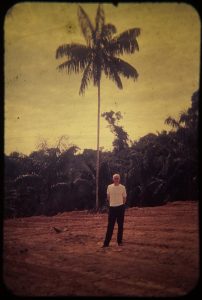 Some tribes we encountered on our missions were not yet evangelized, while others were in the process of evangelisation. I clearly remember my first meeting with a yet un-evangelised tribe known as the Hupda or Peona (meaning people) who were semi-nomadic. To reach them we spent several days on the river, and then had to abandon the boat and trek through the forest for about an hour. We crossed a precarious makeshift bridge (a single narrow tree-trunk!), and scrambled up a steep incline, almost on all fours. The sight with which we were confronted was startling – one of abject misery. A stupola ‘house’ was simply four polls and open on all sides, with some palm leaves for roofing. People were lying in smoke blackened hammocks, practically naked. One woman had no eyelashes and couldn’t open her eyes to the light. A young man was lying in a semi-conscious state – he was to die some days later. We tried to do all we could for them – made sure they had food, and then left.
Some tribes we encountered on our missions were not yet evangelized, while others were in the process of evangelisation. I clearly remember my first meeting with a yet un-evangelised tribe known as the Hupda or Peona (meaning people) who were semi-nomadic. To reach them we spent several days on the river, and then had to abandon the boat and trek through the forest for about an hour. We crossed a precarious makeshift bridge (a single narrow tree-trunk!), and scrambled up a steep incline, almost on all fours. The sight with which we were confronted was startling – one of abject misery. A stupola ‘house’ was simply four polls and open on all sides, with some palm leaves for roofing. People were lying in smoke blackened hammocks, practically naked. One woman had no eyelashes and couldn’t open her eyes to the light. A young man was lying in a semi-conscious state – he was to die some days later. We tried to do all we could for them – made sure they had food, and then left.
It is possible for a priest to visit these mission areas only 6 times a year – at most. For real, long-term evangelization to happen it is vital to have a catechist in each village who can lead the people in prayer on Sundays and Holy days.


